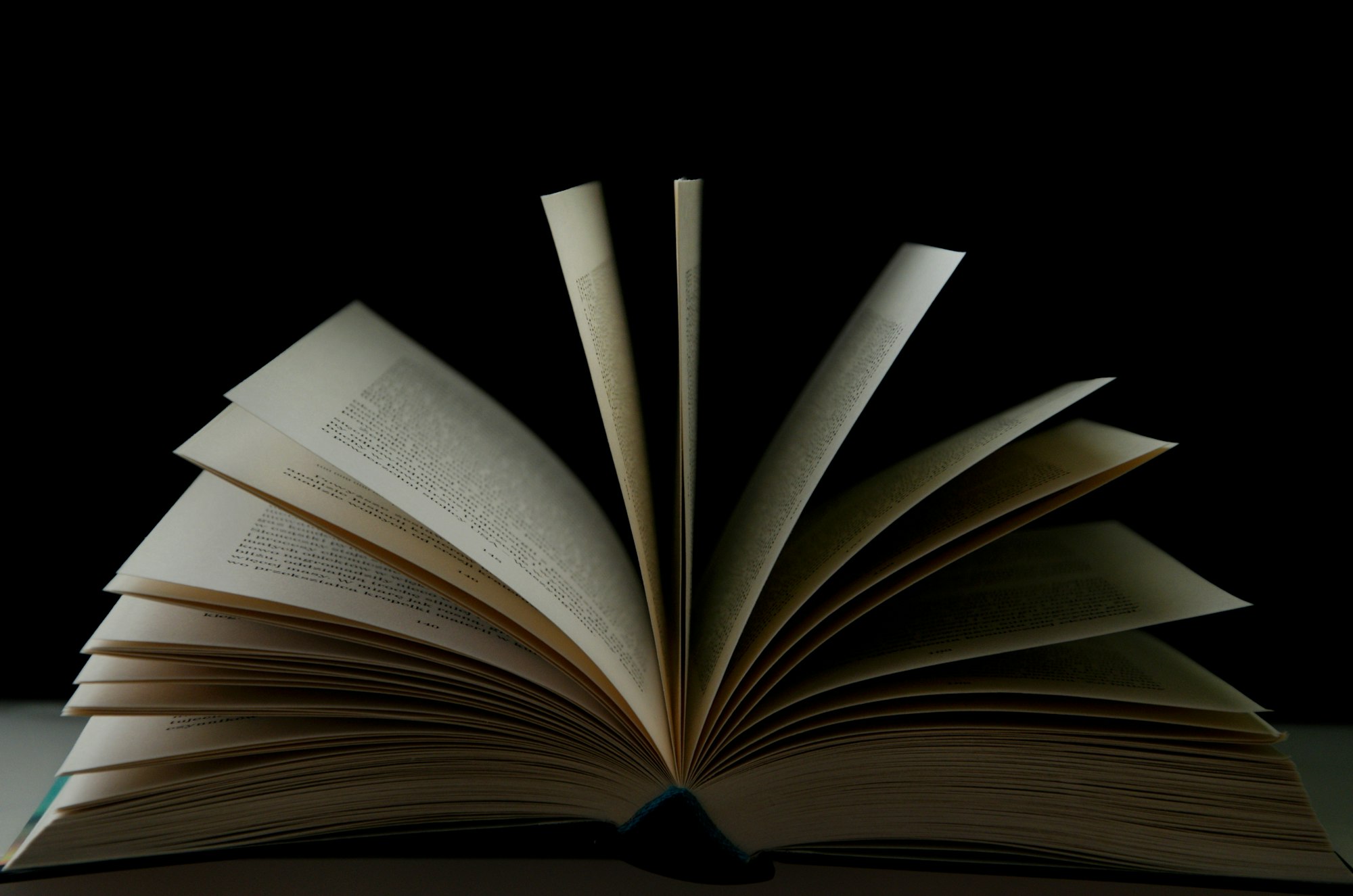retrieval isn't about forgetting; it's about expanding the knowledge base.
In todays AI realm, the journey from raw data to meaningful insights has been an ever-evolving narrative and its becoming easier and easier to make. At the heart of this narrative lies the intricate dance between images, vectors, embeddings, and now, RAG. For those familiar with vectors, embeddings, and encodings, the transition to understanding RAG may seem like the next logical step in this chronological progression of AI capabilities.
- Images: The Starting Point
- Every AI journey often begins with raw data, and in the context of visual data, images serve as the primary source of information. Images encapsulate a wealth of visual content, ranging from simple shapes to complex scenes, each pixel holding a piece of the larger puzzle.
import tensorflow as tf
# Example image data
image_data = ... # Load your image data here
# Define a convolutional neural network (CNN) model for image encoding
model = tf.keras.applications.ResNet50(weights='imagenet', include_top=False, pooling='avg')
# Preprocess the image data
preprocessed_image = tf.keras.applications.resnet50.preprocess_input(image_data)
# Perform image encoding
encoded_vector = model.predict(preprocessed_image)
2. Encoded to Vectors: Unveiling the Essence
- To extract meaningful insights from images, they are often encoded into numerical representations known as vectors. These vectors distill the essence of the visual content into a format that algorithms can comprehend and manipulate. Through techniques like convolutional neural networks (CNNs), images are transformed into high-dimensional vectors, each dimension capturing a specific aspect of the image's features.
from sklearn.decomposition import PCA
# Example encoded image vectors
encoded_vectors = [...] # List of encoded vectors
# Perform dimensionality reduction using Principal Component Analysis (PCA)
pca = PCA(n_components=100) # You can adjust the number of components as needed
embeddings = pca.fit_transform(encoded_vectors)
3. Embeddings: Bridging the Semantic Gap
- While vectors provide a numeric representation of images, embeddings take this concept further by embedding images into a semantically meaningful space. Embeddings map images to a lower-dimensional space where similar images are located closer together, facilitating tasks such as image retrieval and similarity analysis. Techniques like autoencoders and siamese networks play a pivotal role in generating these embeddings, capturing the underlying structure and semantics of visual data.
# Example code for generating embeddings can be extended from the previous PCA example.
4. RAG: The Next Frontier
The essence of RAG is captured in its name – "RETRIEVAL." Put simply, RAG retrieves information from various sources, including responses from ChatGPT and other high-quality sources.
RAG (Retrieval-Augmented Generation) can be explained as a method that boosts the intelligence of AI-generated text. By tapping into a vast repository of information, RAG goes beyond its own knowledge. It retrieves pertinent facts or details from external sources to enhance the precision and pertinence of its responses. Essentially, it's akin to having a knowledgeable assistant on hand who can swiftly access information to deliver well-informed and useful answers.
Recent advancements in AI have led to the emergence of RAG (Retrieval-Augmented Generation), a cutting-edge model architecture that combines the power of generative models with retrieval mechanisms. RAG leverages pre-existing knowledge encoded in large-scale text corpora to enhance the generation of text or images. By retrieving relevant information from a knowledge base and incorporating it into the generation process, RAG produces more coherent and contextually relevant outputs.
from transformers import RagTokenizer, RagRetriever, RagSequenceForGeneration
# Example text corpus for retrieval
text_corpus = [...] # List of text documents
# Initialize tokenizer and retriever
tokenizer = RagTokenizer.from_pretrained("facebook/rag-token-base")
retriever = RagRetriever.from_pretrained("facebook/rag-token-base", index_name="exact", passage_length=50)
# Initialize RAG model for sequence generation
model = RagSequenceForGeneration.from_pretrained("facebook/rag-token-base", retriever=retriever, tokenizer=tokenizer)
# Define input text prompt
prompt = "An image of a cat sitting on a table."
# Generate text using RAG
generated_text = model.generate(prompt, max_length=50, num_return_sequences=1)
print("Generated Text:", generated_text)
The journey from images to RAG represents a fascinating evolution in AI, where each step builds upon the foundations laid by its predecessors. For those well-versed in vectors, embeddings, and encodings, understanding RAG offers a glimpse into the future of AI-powered content generation and retrieval. As technology continues to advance, the boundaries between images, vectors, embeddings, and RAG will blur further, opening new avenues for innovation and discovery in the realm of artificial intelligence.
Footnote References
- [RAG: Retrieval-Augmented Generation for Natural Language Tasks, by Patrick Lewis et al.](details about the RAG model can be found in this paper)
- [Word Embedding and Word2Vec, Clearly Explained!!!] StatQuest with Josh Starmer
